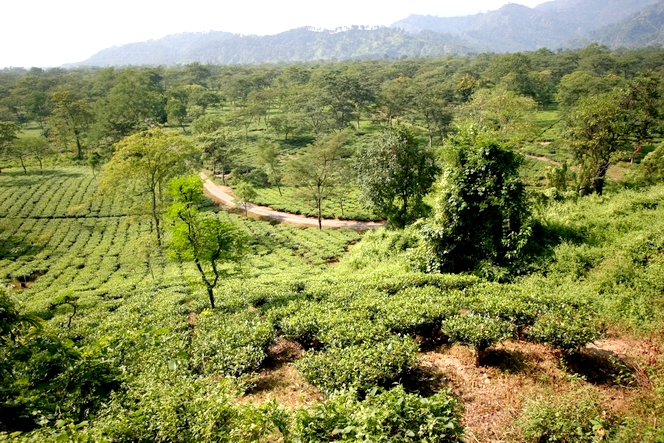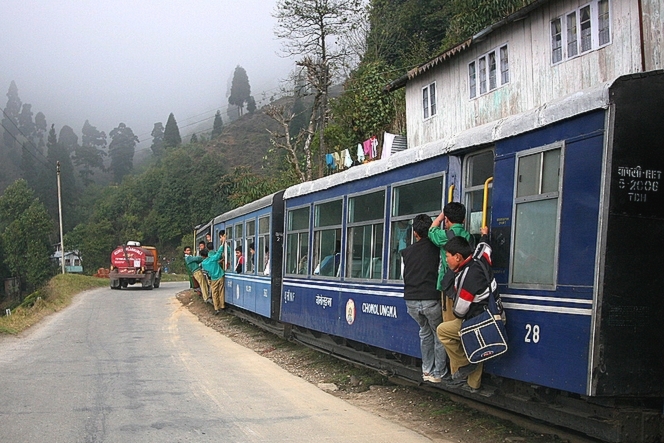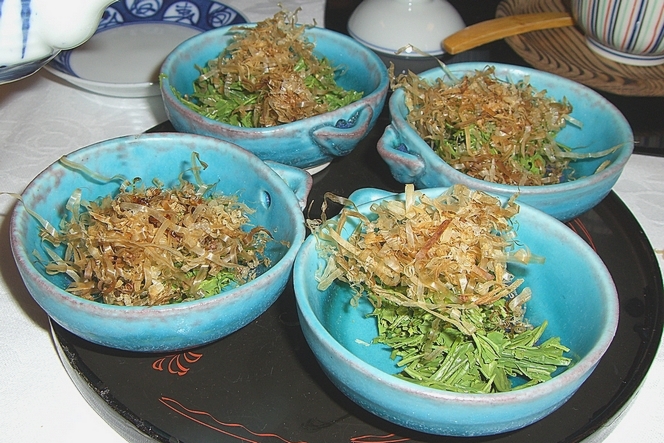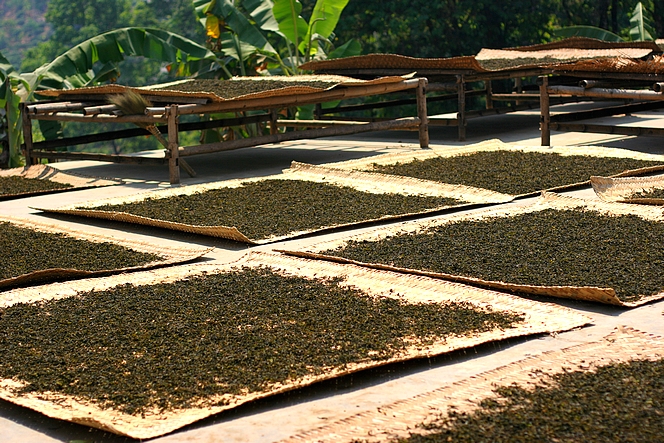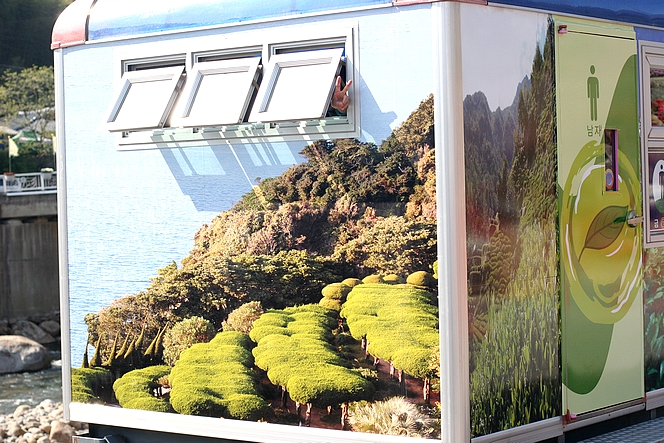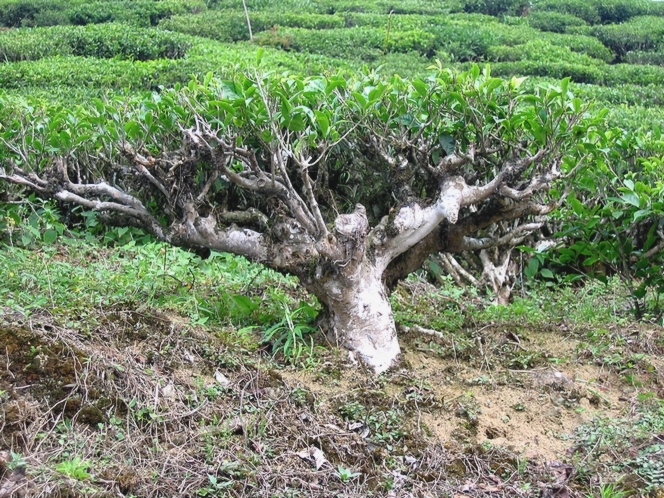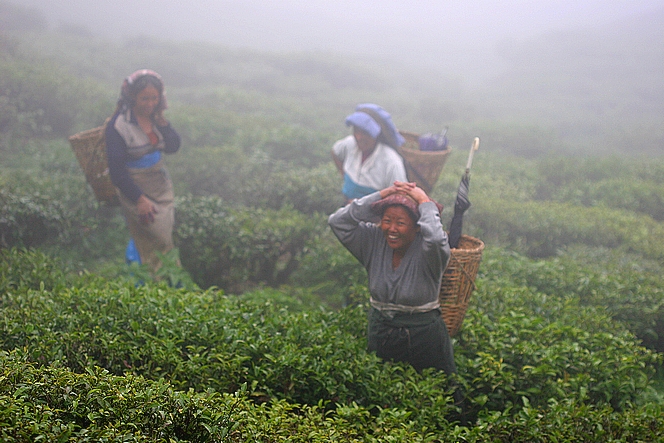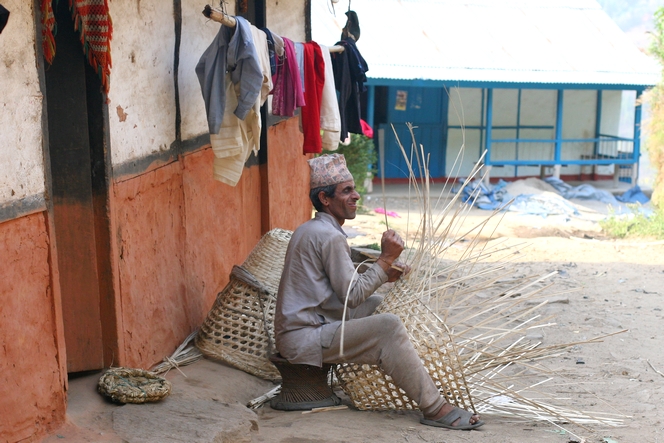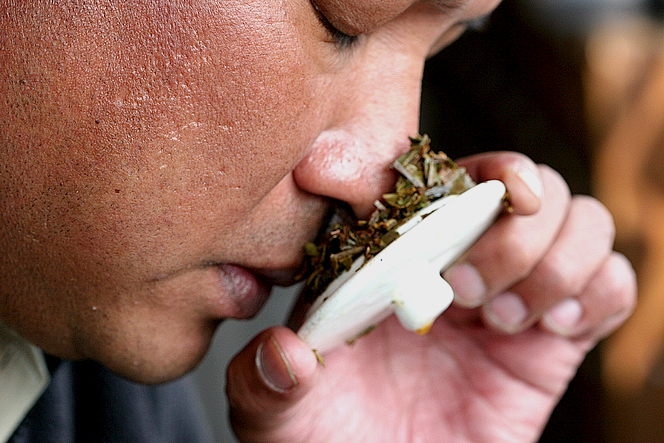A beautiful landscape doesn’t always make a good tea. When I come from Bagdogra (India) and start the three-hour ascent into the Himalayan foothills, I love nothing more than stopping and admiring the view once I get through the stifling heat of Siliguri. The land is no longer completely flat, the city has disappeared from sight, the traffic and the horns have calmed down. Goats doze on the roadside. You start seeing far away above the trees and it helps bearing the heat: you suffocate much less when looking at a clear view. With the gentle breeze and the smell of the earth, I always stop walking between the tea plants.
Actually, I must say that they’re not good tea plants. People say that they are Darjeelings, but it’s not quite true: they are just outside the Darjeeling “appellation”, but close enough for dishonest merchants to use them to bulk out the real Darjeelings and cheat the buyers. This explains how there is four times as much Darjeeling tea sold worldwide than is actually produced.
Never mind, it’s the landscape that is worth admiring here. It is truly magnificent. I’m really attracted to this Terai plain, which used to be a jungle until the British cut down all the trees. People say you sometimes see wild elephants charging around and leopards. I feel good here, so I walk and walk before continuing on my way to Darjeeling. Why beeing in a hurry when it’s so beautiful around?

